Fighting the college affordability crisis
With student debt topping $1 trillion, the question of whether college is “worth it” has become an increasingly valid one.
While there are several advantages to having a college degree, it’s clear that the cost issue needs to be addressed.
In a Hechinger Report Op-Ed, Capella University President Scott Kinney even worries that fewer students will go to college if costs continue to increase.
With the volume of student loan debt at over $1 trillion and counting, degrees must become significantly more affordable, very soon, or too many Americans will lack the means or the motivation to pursue a degree at all.
To address the college affordability crisis, Kinney says we need to re-think how learning is measured. He says using a “direct assessment model” could “significantly reduce the cost of a degree while maintaining academic rigor, quality and integrity.”
Here’s how the direct assessment model works:
Instead of awarding credit based on “seat time,” or the amount of time spent in a classroom, the direct assessment model enables students to move through their program at a pace determined by their capacity to learn and to demonstrate academic competencies with real-world applications.
Kinney brings up an interesting idea that can help reduce a student’s cost of college and make learning more effective. By forcing colleges to demonstrate their value, competition could increase and colleges would be forced to deliver quality educational outcomes if they want students to attend.
What do you think of using direct assessment as a way to measure college learning? Do you think this will have an impact on the overall cost of college? Let us know in the comments below, on Facebook, or on Twitter.
affording college, college costs, college value, MOOCs, online classes, online education
